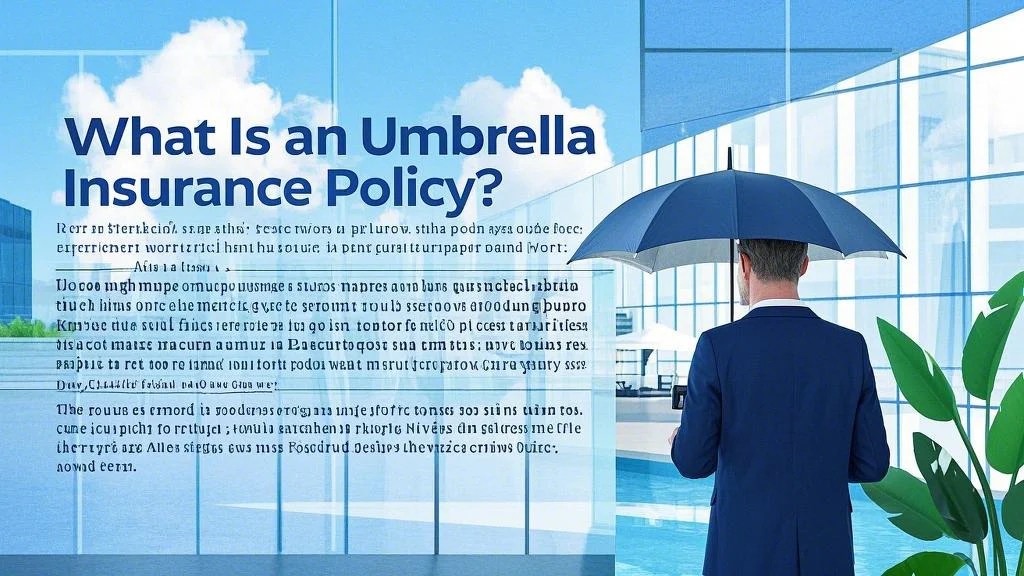Understanding the Need for Flood Insurance
Floods are one of the most common and costly natural disasters, yet many homeowners are surprised to learn that standard homeowners insurance coverage does not include flood damage. This gap in coverage can leave you vulnerable to significant financial losses if your home is affected by a flood. Whether you live in a high-risk flood zone or an area with minimal risk, the potential for flooding exists due to factors like heavy rainfall, snowmelt, or even a burst pipe. Flood insurance is designed to fill this gap, providing coverage for damage to your home and personal belongings caused by flooding. While the flood insurance cost may seem like an added expense, the protection it offers can be invaluable in the event of a disaster. By understanding the risks and benefits, you can determine whether flood insurance is worth the investment for your home.
How Flood Insurance Complements Homeowners Insurance
While homeowners insurance coverage protects your home from a variety of risks, such as fire, theft, and wind damage, it typically excludes flood-related losses. This is where flood insurance comes in. A flood insurance policy covers damage to your home’s structure and its contents caused by flooding, including water damage from storms, overflowing rivers, or even a failed levee. It’s important to note that flood insurance is usually purchased separately from your homeowners policy, either through the National Flood Insurance Program (NFIP) or private insurers. By combining flood insurance with your homeowners insurance coverage, you can ensure comprehensive protection for your home and belongings. This dual coverage approach is especially important if you live in an area prone to flooding or if you want to safeguard against unexpected water damage.
Factors That Influence Flood Insurance Cost
The flood insurance cost can vary widely depending on several factors, including your home’s location, elevation, and flood risk level. Homes in high-risk flood zones, known as Special Flood Hazard Areas (SFHAs), typically have higher premiums due to the increased likelihood of flooding. However, even homes in moderate- or low-risk areas can benefit from flood insurance, as floods can occur anywhere. Other factors that influence the cost include the age and construction of your home, the amount of coverage you need, and your deductible. For example, a higher deductible can lower your premium but will require you to pay more out of pocket in the event of a claim. By understanding these factors, you can make informed decisions about your flood insurance coverage and find a policy that fits your budget.
Why Flood Insurance is Essential in High-Risk Areas
If you live in a high-risk flood zone, flood insurance is not just a good idea—it’s often a necessity. Many mortgage lenders require homeowners in these areas to carry flood insurance as a condition of their loan. Even if you own your home outright, the financial risks of not having flood insurance can be devastating. A single flood event can cause tens of thousands of dollars in damage, leaving you responsible for repairs and replacements. Additionally, federal disaster assistance is often limited and may not cover the full extent of your losses. By investing in flood insurance, you can protect your home and financial stability against the unpredictable nature of flooding. It’s a small price to pay for the peace of mind that comes with knowing you’re prepared for the worst.

Comparing Flood Insurance with Earthquake Insurance
While flood insurance covers water damage caused by flooding, earthquake insurance protects your home from damage caused by seismic activity. Both types of coverage are typically excluded from standard homeowners insurance coverage, making them essential additions for homeowners in high-risk areas. The necessity of each depends on your location and the specific risks you face. For example, if you live in a coastal area prone to hurricanes or heavy rainfall, flood insurance is a must. On the other hand, if you live in a seismically active region, earthquake insurance is crucial. In some cases, you may need both types of coverage to ensure comprehensive protection. By evaluating your risks and comparing policies, you can determine which types of insurance are worth the cost for your home.
How to Choose the Best Home Insurance Companies
When selecting a homeowners insurance policy, it’s important to choose one of the best home insurance companies that offers reliable coverage and excellent customer service. Look for companies with strong financial ratings, positive customer reviews, and a reputation for handling claims efficiently. Many of the best home insurance companies also offer additional coverage options, such as flood or earthquake insurance, making it easier to bundle policies and save money. Additionally, consider factors like the company’s claims process, available discounts, and the flexibility of their policies. By choosing a reputable insurer, you can ensure that your home is protected against a wide range of risks, including those not covered by standard policies.
Navigating the Insurance Claim Process for Flood Damage
Filing an insurance claim for flood damage can be a complex and stressful process, but understanding the steps involved can help you navigate it more smoothly. The first step is to contact your insurer as soon as possible to report the damage. Be prepared to provide details such as the date, time, and cause of the flood, as well as photos or videos of the damage. Your insurer will assign a claims adjuster to assess the damage and determine the payout. It’s important to keep records of all communications and documentation related to the claim. If you encounter any issues or disputes, don’t hesitate to escalate the matter to a supervisor or seek assistance from your state’s insurance department. By being proactive and organized, you can streamline the insurance claim process and achieve a fair resolution.
Common Misconceptions About Flood Insurance
Despite its importance, many homeowners overlook flood insurance due to common misconceptions. One of the most prevalent myths is that flood insurance is only necessary for those living in high-risk flood zones. In reality, floods can occur anywhere, and even a few inches of water can cause significant damage. Another misconception is that federal disaster assistance will cover flood-related losses. While FEMA does provide assistance in some cases, it is often limited and may not cover the full extent of your damages. Additionally, some homeowners assume that their homeowners insurance coverage includes flood damage, which is rarely the case. By understanding the true value of flood insurance and dispelling these myths, you can make an informed decision that protects your home and financial well-being.
Tips for Reducing Flood Insurance Costs
While flood insurance is essential for many homeowners, there are ways to reduce the flood insurance cost without sacrificing coverage. One effective strategy is to elevate your home or install flood-resistant materials, which can lower your risk and potentially qualify you for discounts. Additionally, choosing a higher deductible can reduce your premium, but make sure you can afford the out-of-pocket cost if you need to file a claim. Another option is to purchase flood insurance through the NFIP, which often offers more affordable rates than private insurers. Finally, consider bundling your flood insurance with other policies, such as homeowners or auto insurance, to take advantage of multi-policy discounts. By implementing these cost-saving measures, you can make flood insurance more affordable while still maintaining adequate protection.
Conclusion
Flood insurance is a crucial component of a comprehensive home protection plan, especially for those living in high-risk areas. While the flood insurance cost may seem like an added expense, the financial protection it provides can be invaluable in the event of a disaster. By understanding how flood insurance complements your homeowners insurance coverage and comparing policies from the best home insurance companies, you can ensure that your home is fully protected against water damage. Don’t forget to evaluate other risks, such as earthquakes, and consider additional coverage options if necessary. By taking the time to research and plan, you can make informed decisions that safeguard your home and financial future against the unpredictable forces of nature.


